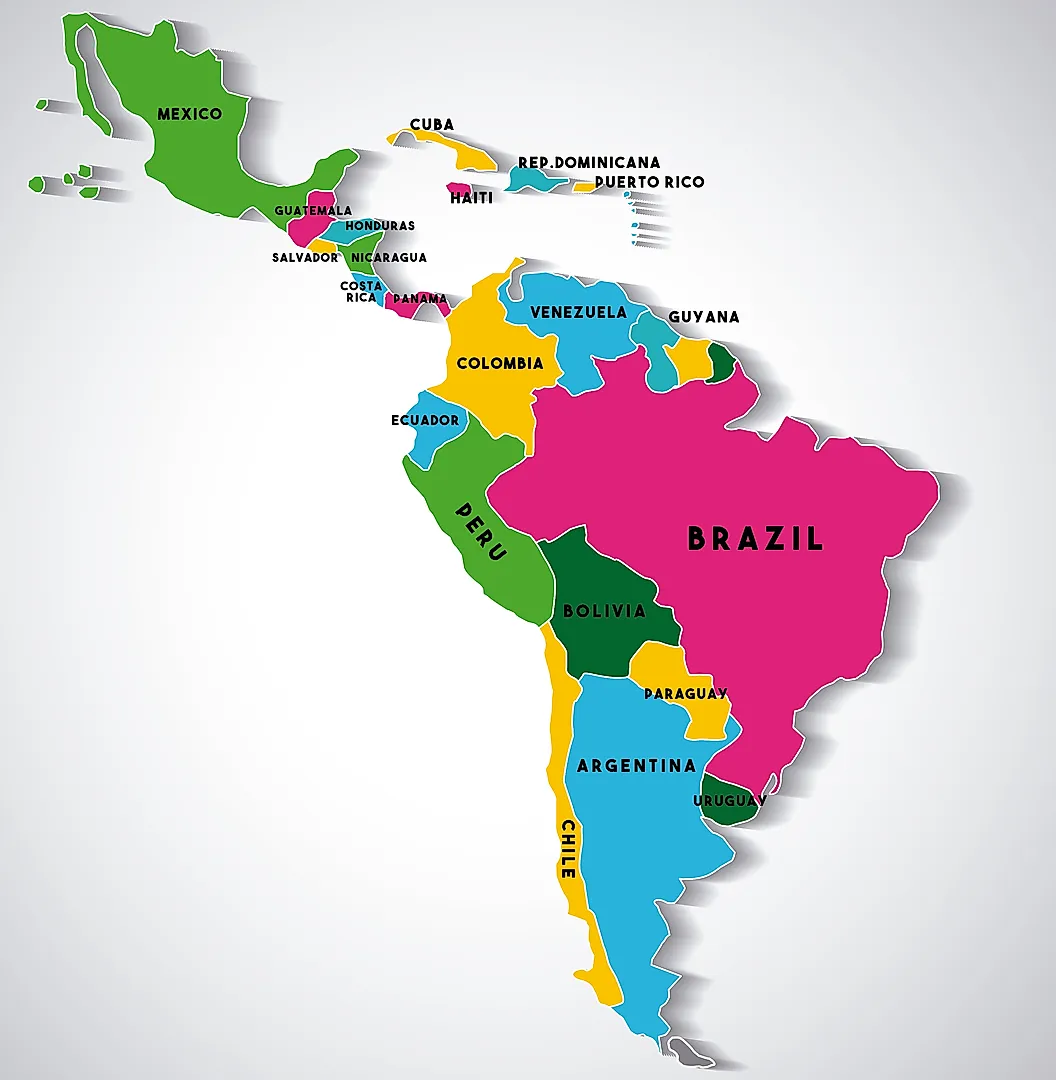When I left Mumbai for Buenos Aires three years ago, I thought the hardest part would be language. Or maybe distance the kind you can measure in 27-hour flights and missed family milestones. But the real challenge turned out to be something smaller, more ordinary: dinner.
Because, how do you carry the taste of home with you when home is half a world away?
At first, I bought spices from the Indian shop in Belgrano, cooked familiar recipes, and tried to replicate the flavors I missed most. Some days I came close, but most days something was off the tomatoes a little too sour, the flour too coarse, the air itself refusing to give in to the scents of mustard and cumin the way it does back in India.
So I stopped trying. I kept my homesickness and my hunger carefully separate.
Until one random Tuesday at 12.30 a.m., when I was standing in the brightly-lit aisle of the 24-hour Carrefour near my studio apartment in Palermo, looking for something sweet. The kind of late-night sugar craving that feels less like hunger and more like loneliness wearing a different mask. I grabbed a plastic container of arroz con leche without thinking much about it, just something cold and sweet to take back to my apartment.
But when I dug my spoon in, sitting cross-legged on my bed, I froze.
It was kheer.
Not sort of like it. Not reminiscent of it. It was the kheer that my mother made on special occasions. That same creamy sweetness, rice soft and suspended in milk, the texture exactly right. The only difference was the spice, cinnamon instead of cardamom, but the soul of it was identical.
I took another spoonful, and then another, and before I knew it, I had tears rolling down my cheeks, overwhelmed by the unexpected gift of tasting home when I least expected it. Except I hadn’t gone looking for home. Home had found me, 14,926 km away, tucked into a refrigerated aisle in a language I was still learning to speak.
That moment changed everything. After that, I began searching for echoes of home, for familiar gestures hidden in unfamiliar dishes. Slowly, Argentina began to answer back.
My kitchen as a translation area One evening at a small bodegn in San Telmo, it happened again. As I took a spoonful of guiso de lentejas, the earthiness of the lentils, the way it clung to the spoon, reminded me instantly of the dal. Not exactly, but close enough to make something in my chest unclench.
Empanadas and ghughra Empanadas, golden and neatly folded, immediately brought me back to ghugra, the crescent-shaped pastries my grandmother made during Diwali. Different fillings, carne or humita instead of spiced peas, but the same gesture: dough folded around love, crimped at the edges, offered as sustenance. These were not copies, of course. They were cousins, long-distant ones.
Once I noticed these connections, I couldn’t stop. Fain, the humble chickpea pancake sold at pizzerias, reminded me of besan ka chilla. Even buuelos de acelga, fried greens in batter, felt like old friends, so close to our methi ke pakode. Each discovery was like a thread tying me to this new country.
Bunuelos de acelga and methi ke pakode Food has become the language in which I could hold both places at once. Every time I found another overlap, it felt like this city was trying to tell me: You’re not as far from home as you think.
I stopped mourning the distance and started celebrating the connection. These were not just similarities I was collecting, they were proof that humans everywhere have been doing the same thing for centuries: taking what grows nearby, transforming it with heat and time and hunger into something that means home.
So, I started playing.
One Diwali, instead of traditional laddoos, I folded dulce de leche into them, rolling little spheres that were half Argentina, half India. It felt like homesickness and belonging occupying the same space. Another time, when grilling paneer, I replaced tandoori masala with chimichurri, letting the garlic and parsley mingle with smoky char. I also eat gooey provoleta with parathas instead of bread.
Laddoos con dulce de leche My kitchen has become a place of translation. Not between languages, but between lives the one I have lived and the one I am building.
Still, there is a particular kind of grief that comes with immigration, even when it is chosen. You mourn the dailiness of home. Not the big moments, but the small ones. The click of the latch on the buildings gate, the rush of the local trains, the auto-rickshaw driver who always takes the shortcut. Chatting with a neighbor while hanging clothes on the railing. The smell of the salty sea air. Those things don’t translate. You can’t pack them in a suitcase or recreate them in a new city.
But food? Food remembers. And when you find it echoed back to you in unexpected places, it feels like the universe is saying, I see you. I know where you came from. You can stay.
I call this place my second home now, and I mean it. Not because it has replaced the first, nothing ever could, but because it has made room for both. Because I can miss Mumbai while loving Buenos Aires.
Because home, I have learned, is not singular. It is additive. It grows. It tastes, somehow, both like cardamom and cinnamon.




